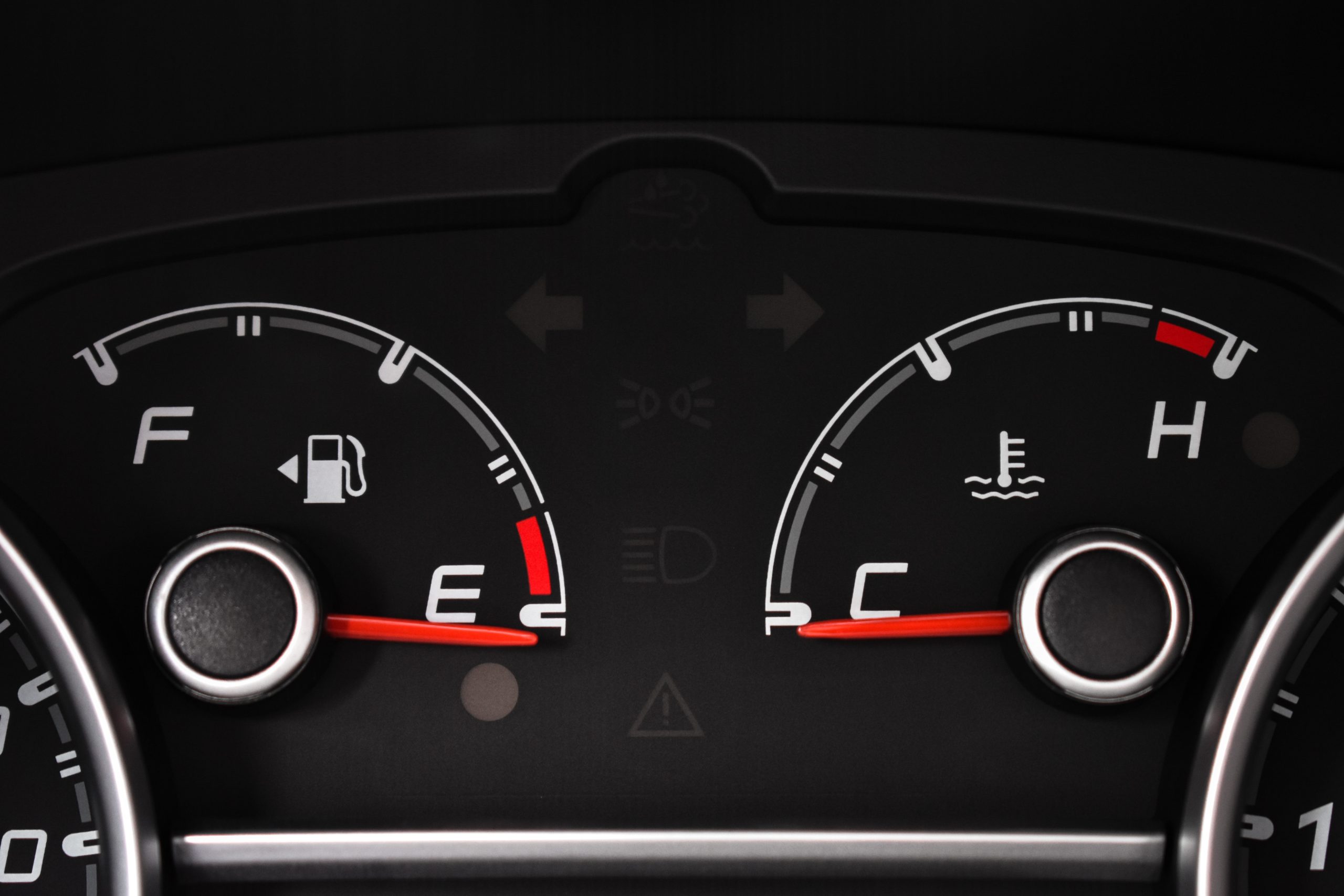Today, we’re going to delve into an issue that every off-road enthusiast should be prepared to tackle: a rising temperature gauge. Your vehicle’s temperature gauge is a crucial indicator of your engine’s health and overall performance. If you notice that the temperature gauge is creeping upwards even in normal conditions, then it’s time to investigate and avoid overheating. In this guide, we’ll walk you through the basic steps to diagnose and address this problem, including what to do and areas to check.
Step 1: Pull Over Safely
The moment you notice your temperature gauge climbing, it’s essential to pull over to a safe spot and turn off the engine. Overheating can cause severe damage to the engine, so don’t ignore the warning signs.
Step 2: Let It Cool Down
Open the bonnet of your vehicle and allow the engine to cool down. Remember, never attempt to open the radiator cap when the engine is still hot, as it could lead to steam burns.
Step 3: Check the Coolant Level
Once the engine has cooled down, check the coolant level in the radiator. Low coolant levels can lead to overheating. If the level is low, top it up with the appropriate coolant mixture. Get your coolant here.
Step 4: Inspect Hoses and Connections
Inspect all the coolant hoses and connections for leaks, cracks, or wear. These components play a vital role in the proper circulation of coolant throughout the engine. There’s a chance that a leaking hose could be causing loss of coolant. If you find any damaged hoses, they should be replaced promptly.
Step 5: Examine the Radiator
The radiator is a core component responsible for dissipating heat from the coolant. Check for any visible damage, debris, or corrosion on the radiator fins. If you spot any problems, consider cleaning the radiator or replacing it if necessary.
Step 6: Test the Thermostat
The thermostat regulates the flow of coolant to maintain an optimal engine temperature. A faulty thermostat can cause overheating. To test it, start the engine and let it run while monitoring the temperature gauge. If the gauge rises quickly and unevenly, the thermostat might be stuck and needs replacement.
Step 7: Check the Water Pump
The water pump circulates the coolant through the engine. Inspect the water pump for leaks, noises, or wobbling pulleys. If you notice any of these issues, it’s a sign that the water pump needs attention.
Step 8: Cooling Fan
A malfunctioning cooling fan can prevent proper heat dissipation, leading to overheating. Check if the cooling fan engages when the temperature rises. If it doesn’t, the fan motor or its relay might need replacing.
Step 9: Speak to a Qualified Mechanic
If you’re unsure about diagnosing or fixing the issue yourself, don’t hesitate to seek help from a professional mechanic who specialises in Mitsubishi 4×4 vehicles. They have the expertise and tools to identify and address complex cooling system problems.
A rising temperature gauge should never be ignored, especially if you are in regular driving conditions. Prompt action can save you from overheating and causing costly damage to your vehicle. Keep your coolant topped up, and regularly inspect and maintain your vehicle’s radiator, water pump, thermostat, hoses, and cooling system to ensure your off-road adventures remain smooth and trouble-free.
For more information regarding an overheating Mitsubishi 4×4, or the parts required to keep things running smoothly, please don’t hesitate to contact us today on +44(1709) 560006. Enter your reg here to find all of the 4×4 parts we stock for your vehicle.


No responses yet